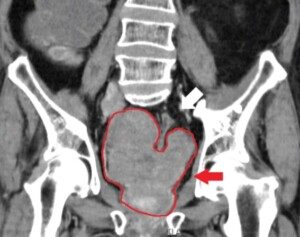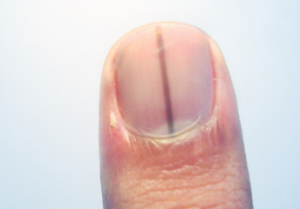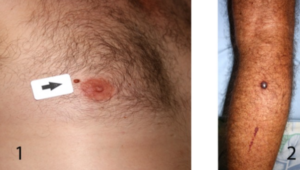Gray hair isn’t just about aging. It turns out, the same stem cells responsible for hair color can also be linked to cancer.
Researchers in Japan looked at melanocyte stem cells, which live in hair follicles and make pigment for our hair.
These cells get damaged over time, from things inside our bodies and from the environment, like sunlight and chemicals.
Depending on how the cells respond to this damage, they can take very different paths — one leading to gray hair, the other potentially to cancer.
What Causes Hair to Turn Gray
The scientists found that when these stem cells experience DNA double-strand breaks, they trigger a process called senescence-coupled differentiation, or seno-differentiation.
In simple terms, the cells mature permanently and stop renewing themselves.
That means fewer pigment-producing cells in the hair follicle, and the hair gradually loses color and turns gray.
It’s the body’s way of protecting itself from damaged cells continuing to divide.
How Cells Can Go Rogue
But not all stem cells take the protective route. When they are exposed to carcinogens, like certain chemicals or UVB radiation, some damaged cells skip the seno-differentiation path.
Instead of maturing and stopping, they keep dividing. Signals from nearby tissues, like KIT ligand signals, help the damaged cells avoid the safety mechanism.
That’s when the cells can become cancer-prone. In this scenario, instead of turning gray, the cells survive and may eventually lead to melanoma.
Gray Hair Doesn’t Mean Cancer Protection
It’s important to note that gray hair is not a guaranteed shield against cancer.
Gray hair happens when the protective process works and removes damaged cells before they can multiply.
But if the protective mechanism fails or is bypassed, the cells stick around and can turn dangerous.
The presence of gray hair is a sign that some protective action happened, but it doesn’t tell the full story.
Some cells still escape and carry mutations that might cause trouble later on.
Connecting Aging and Cancer
This research shows how aging and cancer are more connected than we might think.
The same population of stem cells can take either a safe route, which results in gray hair, or a risky route, which could lead to cancer.
External stress, like UV light or toxins, and signals from surrounding tissues play a big role in which path the stem cells take.
Understanding these pathways helps scientists see how the environment and our body’s own signals decide the fate of damaged cells.
Looking Ahead
By studying these molecular signals, scientists may one day be able to guide stem cells toward the protective path or block the dangerous one.
This could lead to better ways to prevent certain cancers or even influence how aging affects our bodies.
So, next time you notice a few gray hairs, remember: Your stem cells are making important decisions behind the scenes.
Some are protecting you, some are just trying to survive, and some might be taking risks that could affect your health years down the line.
![]()
Lorra Garrick is a former personal trainer certified by the American Council on Exercise. At Bally Total Fitness, where she was also a group fitness instructor, she trained clients of all ages and abilities for fat loss and maintaining it, muscle and strength building, fitness, and improved cardiovascular and overall health.



























